Product Overview: AS608 Fingerprint Reader Optical Sensor Module
The AS608 Fingerprint Reader Optical Sensor Module is a compact, reliable biometric sensor built for embedded designs, security products, and maker projects. With optical fingerprint capture and onboard template management, the module provides fast, local fingerprint enrollment and matching without requiring a remote server.
Key Features and Capabilities
- Optical fingerprint capture for consistent, high-quality fingerprint images
- On-module template storage and management for offline verification
- Fast enrollment and verification routines for smooth user experience
- Standard serial/UART interface compatible with Arduino, Raspberry Pi, STM32 and most microcontrollers
- Compact form factor and low power consumption optimized for embedded and IoT projects
- Durable touch surface designed to withstand frequent daily use
Technical Integration and Interface
The AS608 connects via a simple serial/UART link, making wiring and integration straightforward. Typical connections include TX, RX, VCC and GND, plus optional control pins depending on the SKU. The module accepts a documented command set for enrolling, deleting, searching and exporting fingerprint templates.
Software and Libraries
- Works with common Arduino and Raspberry Pi libraries and community drivers to accelerate prototyping
- Example sketches and sample code are widely available for enrollment, verification and management tasks
- No continuous network connection required: matching and template storage occur on the module
Security and Data Handling
- Templates stored locally on the module reduce exposure to network attacks
- Follow secure wiring and host access controls to protect serial communication
Compatibility and Supported Platforms
- Arduino (Uno, Mega, Leonardo and compatible boards)
- Raspberry Pi and other single-board computers with UART support
- STM32, ESP32, AVR and other microcontroller platforms with serial/UART interfaces
Typical Applications
- Access control for doors, cabinets and lockers
- Time and attendance systems for small offices and workshops
- Smart locks and secure IoT endpoints
- Vending machines, kiosks and point-of-service authentication
- Robotics and custom authentication projects
Benefits
- Improved security using biometric identification instead of PINs or keys
- Offline operation with templates stored on-module for fast, private matching
- Developer-friendly command set and abundant community examples speed development
- Cost-effective and suitable for both prototyping and production deployments
Installation, Best Practices and Quick Start
To ensure reliable performance:
- Mount the sensor at a comfortable height and angle for end users.
- Keep the capture surface clean; wipe with a soft cloth and avoid abrasive cleaners.
- Enroll multiple impressions per user (different angles and pressures) to build robust templates.
- Use stable power supply and proper level-shifting when connecting to 3.3V or 5V hosts.
Quick Wiring and Enrollment Steps
- Connect VCC and GND to your host power supply (observe voltage requirements).
- Wire TX of module to RX of microcontroller and RX of module to TX of microcontroller (use level shifter if required).
- Load or adapt an example library for your platform and open the serial monitor for debug messages.
- Use the provided commands or example sketch to enroll fingerprints (typically multiple scans per user), then test verification.
What is Included
- AS608 Fingerprint Reader Optical Sensor Module
- Pin header or cable for serial connection (depending on SKU)
- Basic documentation and example wiring diagrams
Getting Started and Support
Whether you are adding biometric access to an IoT device or building a secure access control system, the AS608 provides a developer-friendly solution. Refer to the module datasheet and sample code for wiring diagrams, command references and troubleshooting tips. Community libraries for Arduino and Raspberry Pi will help you prototype quickly.
Notes and Recommendations
- Verify the module SKU and voltage requirements before connecting to your host board.
- Implement host-side timeout and retry logic for robust communication with the sensor.
- Consider physical tamper protection and secure enclosure for production deployments.

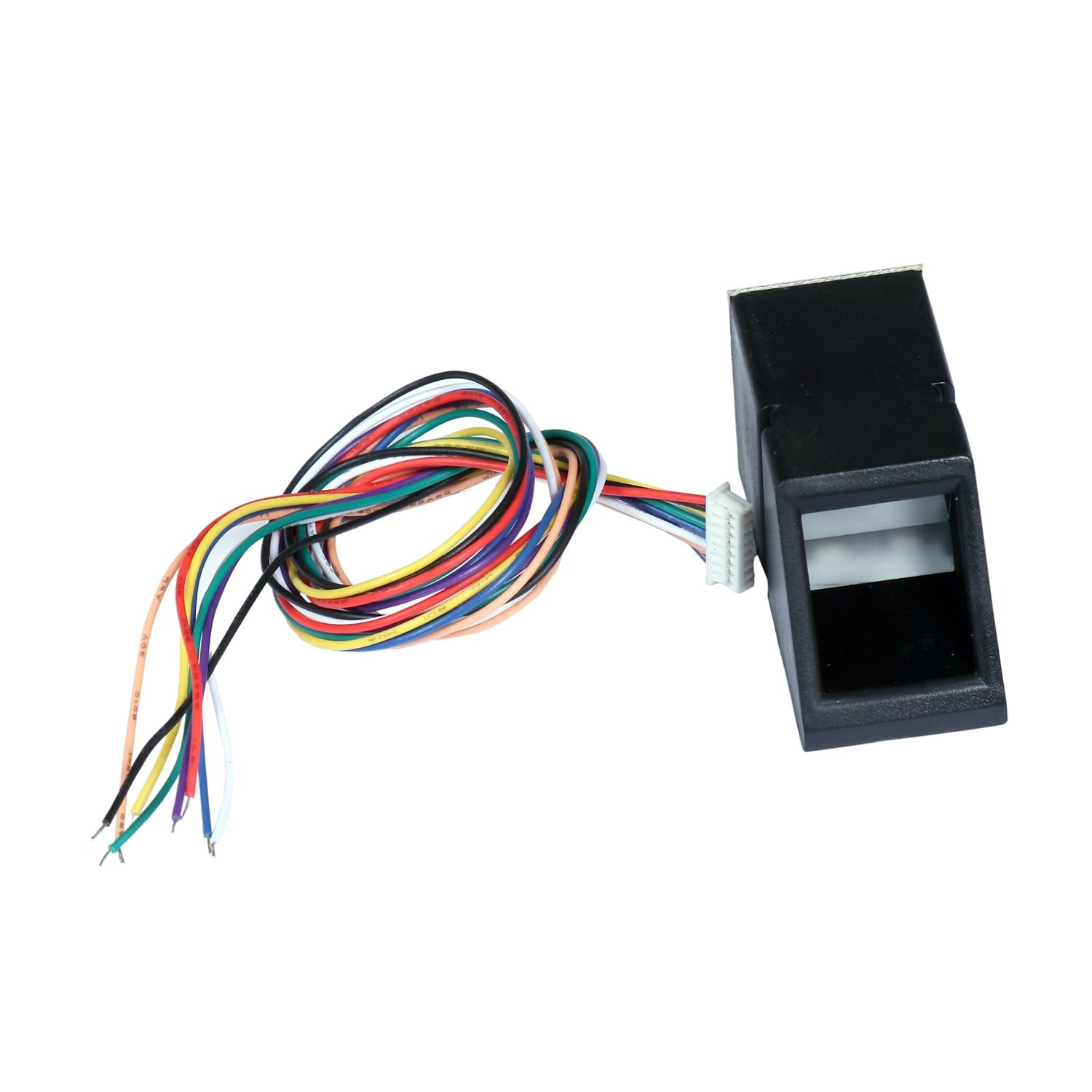
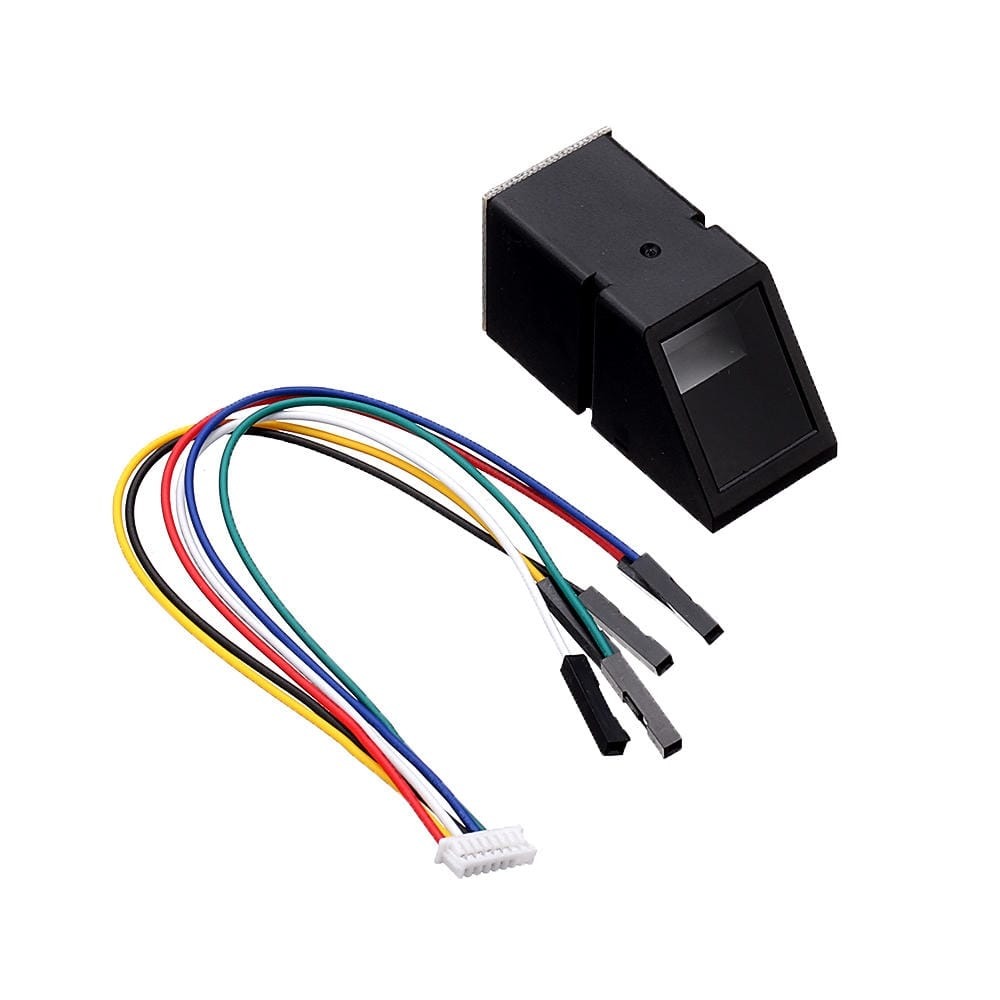
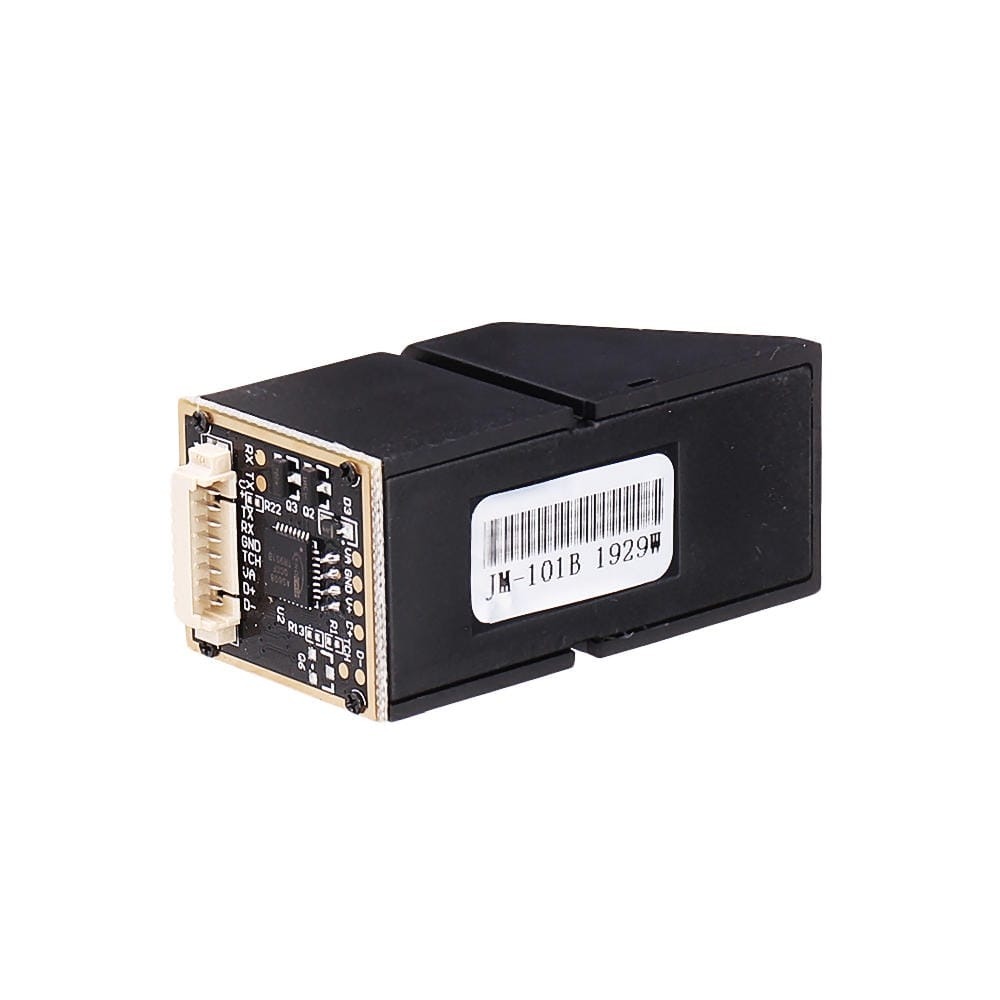
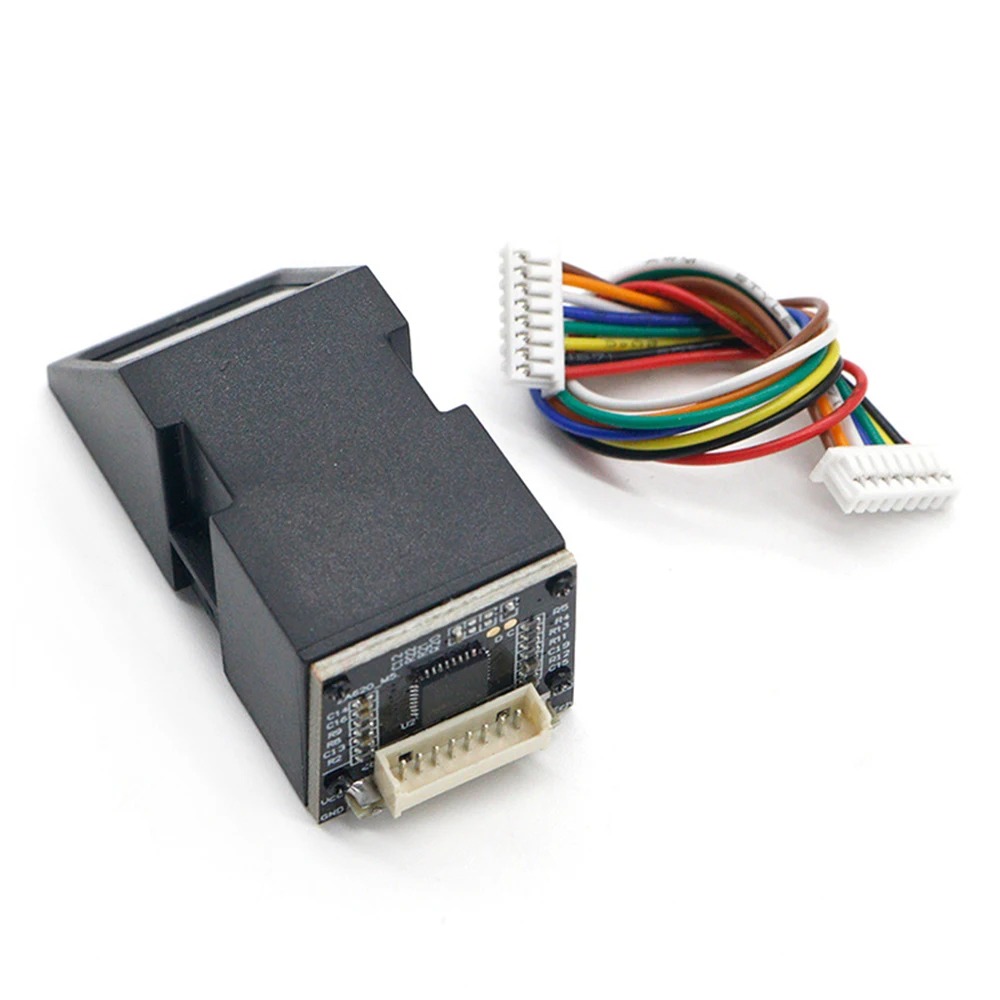



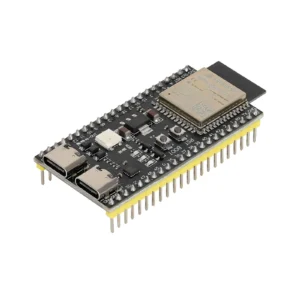
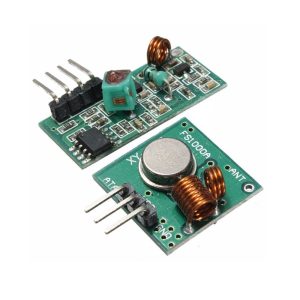
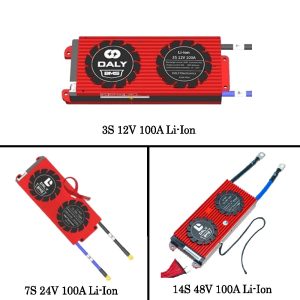
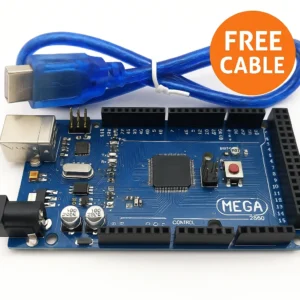
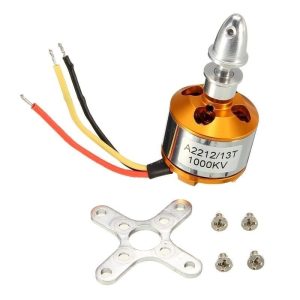
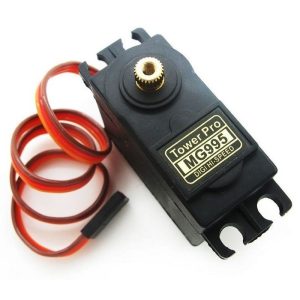
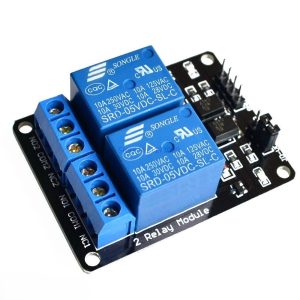
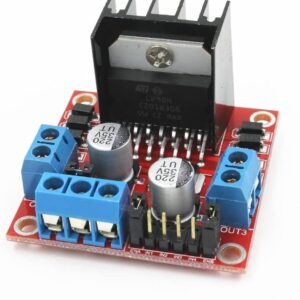

Reviews
There are no reviews yet